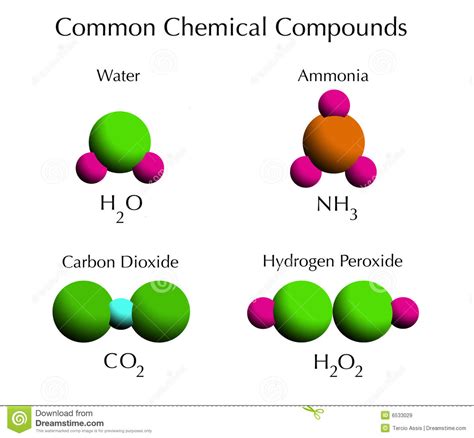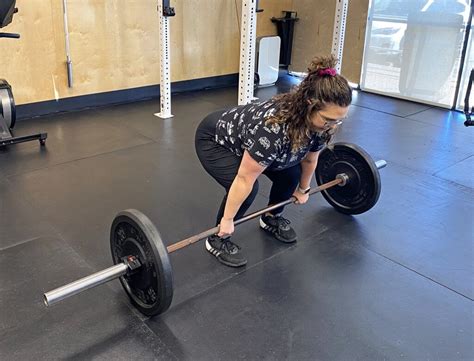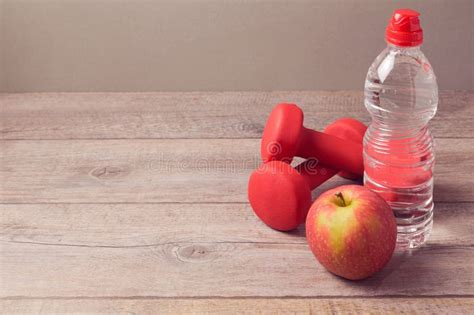Optimize gym time: High-intensity protocol for peak strength & muscle gains?

In a world where time is a precious commodity, the quest for an effective and efficient gym routine is more pressing than ever. Many aspire to build peak strength and significant muscle mass but struggle to dedicate hours daily to the gym. The good news? You don’t always need endless sets and reps to achieve your fitness goals. A high-intensity training protocol might be the game-changer you’ve been searching for, promising superior results in a fraction of the time.
The Case for High-Intensity Training (HIT)
High-intensity training, particularly in the context of strength and muscle building, emphasizes maximizing effort and output within a shorter timeframe. Unlike traditional high-volume routines, HIT focuses on fewer sets performed with maximum intensity, pushing muscles to their absolute limit. The core philosophy is simple: stimulate, don’t annihilate. This means providing just enough stimulus to trigger adaptation and growth, then allowing ample time for recovery and rebuilding.

Key Principles of an Effective HIT Protocol
To truly optimize your gym time for strength and muscle gains, several core principles must be rigorously applied:
- Progressive Overload: This is non-negotiable. To get stronger and bigger, you must continually challenge your muscles. This could mean lifting heavier weight, performing more reps with the same weight, reducing rest times, or improving form.
- Compound Movements: Prioritize exercises that work multiple muscle groups simultaneously, such as squats, deadlifts, bench presses, overhead presses, and rows. These movements are incredibly efficient for building overall strength and mass.
- Training to Failure (or Near Failure): Each working set should be taken close to or even to muscular failure. This ensures maximum muscle fiber recruitment and stimulus. Be cautious, especially with complex lifts, and ensure proper form is maintained.
- Short, Intense Workouts: Aim for workout sessions lasting 30-45 minutes, excluding warm-up and cool-down. The intensity should be so high that longer durations become counterproductive due to fatigue.
- Adequate Recovery: Since HIT is extremely demanding, sufficient rest between workouts is crucial. This protocol often thrives on fewer training days per week (e.g., 2-4 full-body or upper/lower splits).

Structuring Your High-Intensity Workout
A typical high-intensity resistance training session might look like this:
Warm-up (5-10 minutes)
Light cardio, dynamic stretches, and specific warm-up sets for your first exercise.
Working Sets (20-30 minutes)
Select 4-6 compound exercises. For each exercise, perform 1-2 warm-up sets, followed by 1-2 working sets taken to near or actual muscular failure. Focus on perfect form and controlled negatives. Rest periods should be just long enough to recover for the next set (60-120 seconds, sometimes more for heavy compound lifts).
- Example Day A (Full Body):
- Barbell Squats (1-2 working sets)
- Bench Press (1-2 working sets)
- Barbell Rows (1-2 working sets)
- Overhead Press (1-2 working sets)
- Deadlifts (1 working set, if doing) OR Romanian Deadlifts
- Example Day B (Full Body):
- Leg Press (1-2 working sets)
- Incline Dumbbell Press (1-2 working sets)
- Lat Pulldowns (1-2 working sets)
- Dumbbell Shoulder Press (1-2 working sets)
- Calf Raises / Bicep Curls / Tricep Extensions (1 working set each, optional)
Rotate these sessions with 1-2 rest days in between. The key is consistency and progressive overload.

Beyond the Lifts: Crucial Supporting Factors
No workout protocol, no matter how effective, works in isolation. To truly reap the benefits of high-intensity training, you must pay attention to:
- Nutrition: A caloric surplus (for muscle gain) or maintenance, adequate protein intake (1.6-2.2g per kg body weight), and sufficient carbohydrates and healthy fats are essential for fueling intense workouts and recovery.
- Sleep: Aim for 7-9 hours of quality sleep per night. This is when your body repairs and rebuilds muscle tissue.
- Hydration: Stay well-hydrated throughout the day, especially before, during, and after workouts.
- Mind-Muscle Connection: With fewer sets, each rep counts. Focus intently on contracting the target muscle group.
- Listening to Your Body: Overtraining is a real risk with high-intensity protocols. If you’re constantly fatigued, experiencing persistent muscle soreness, or seeing performance drops, consider taking an extra rest day or deloading.

Who Benefits Most from HIT?
High-intensity protocols are particularly well-suited for:
- Individuals with limited time for gym sessions.
- Those seeking a new challenge to break through plateaus.
- Athletes looking to build functional strength and muscle efficiently.
- Experienced lifters who understand proper form and body mechanics.
Beginners can also benefit, but they should prioritize mastering form before pushing to true muscular failure.

Conclusion
Optimizing your gym time for peak strength and muscle gains doesn’t have to mean living at the gym. A well-structured high-intensity training protocol, coupled with diligent attention to nutrition and recovery, offers a powerful, time-efficient path to your fitness goals. By focusing on quality over quantity and consistently challenging your body, you can unlock impressive results and build a stronger, more muscular physique without sacrificing your entire schedule. Embrace the intensity, and watch your progress soar.








